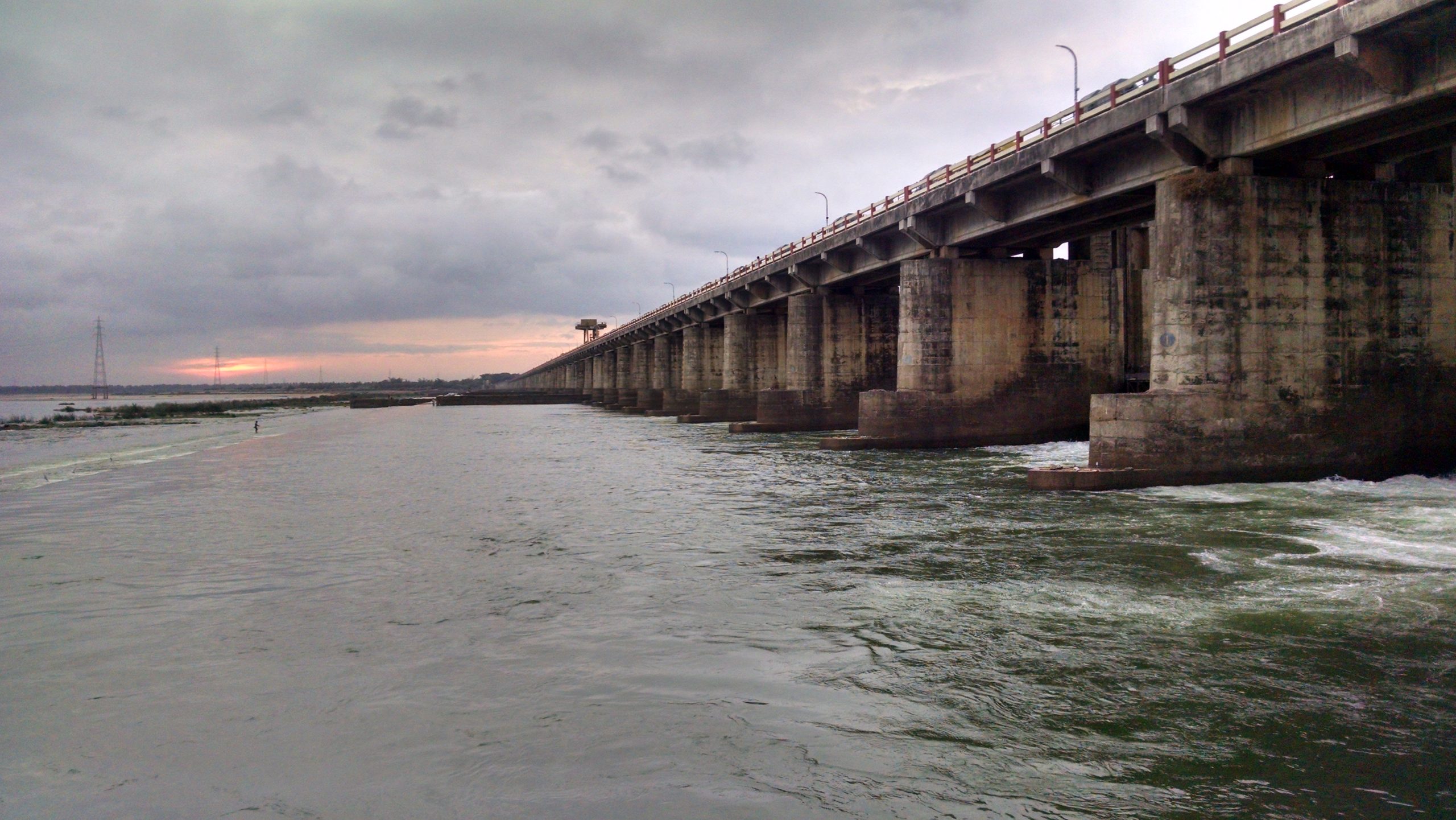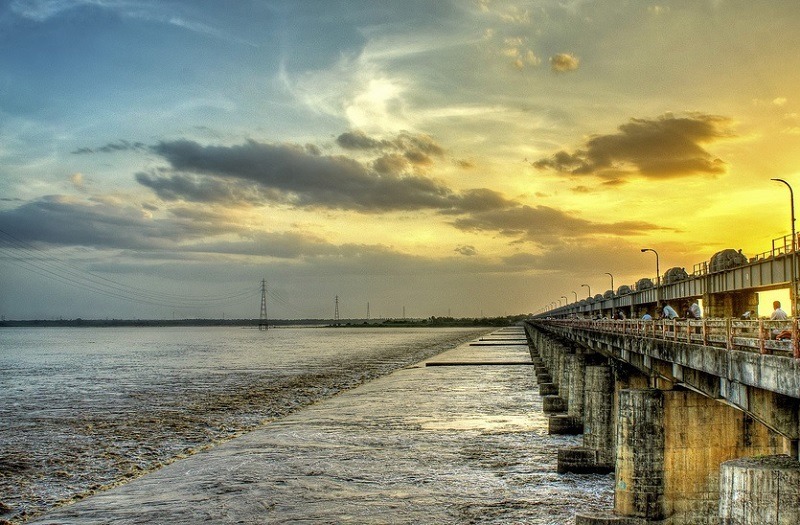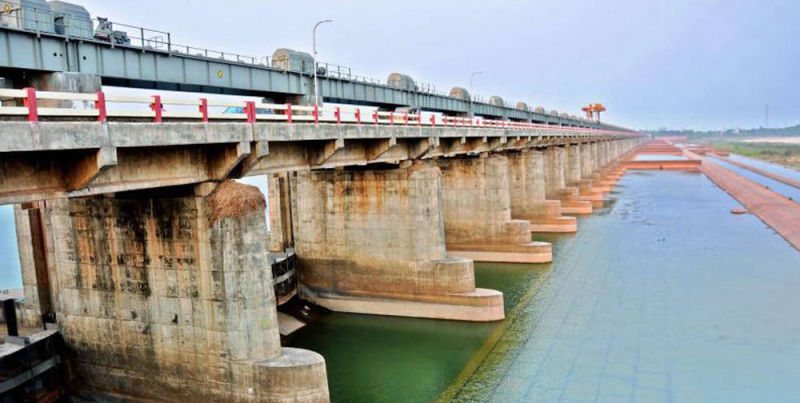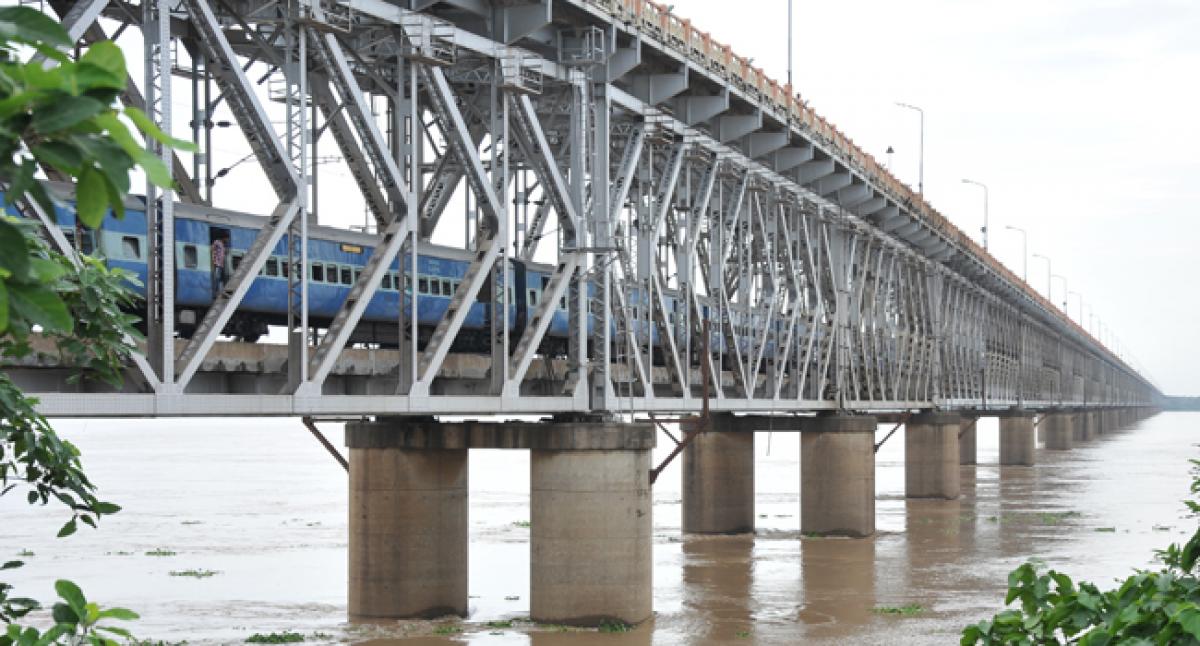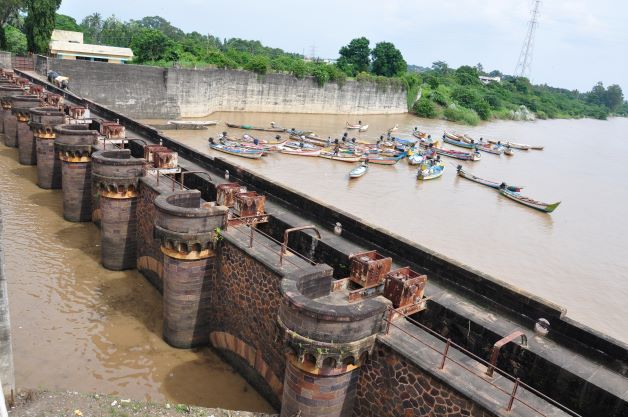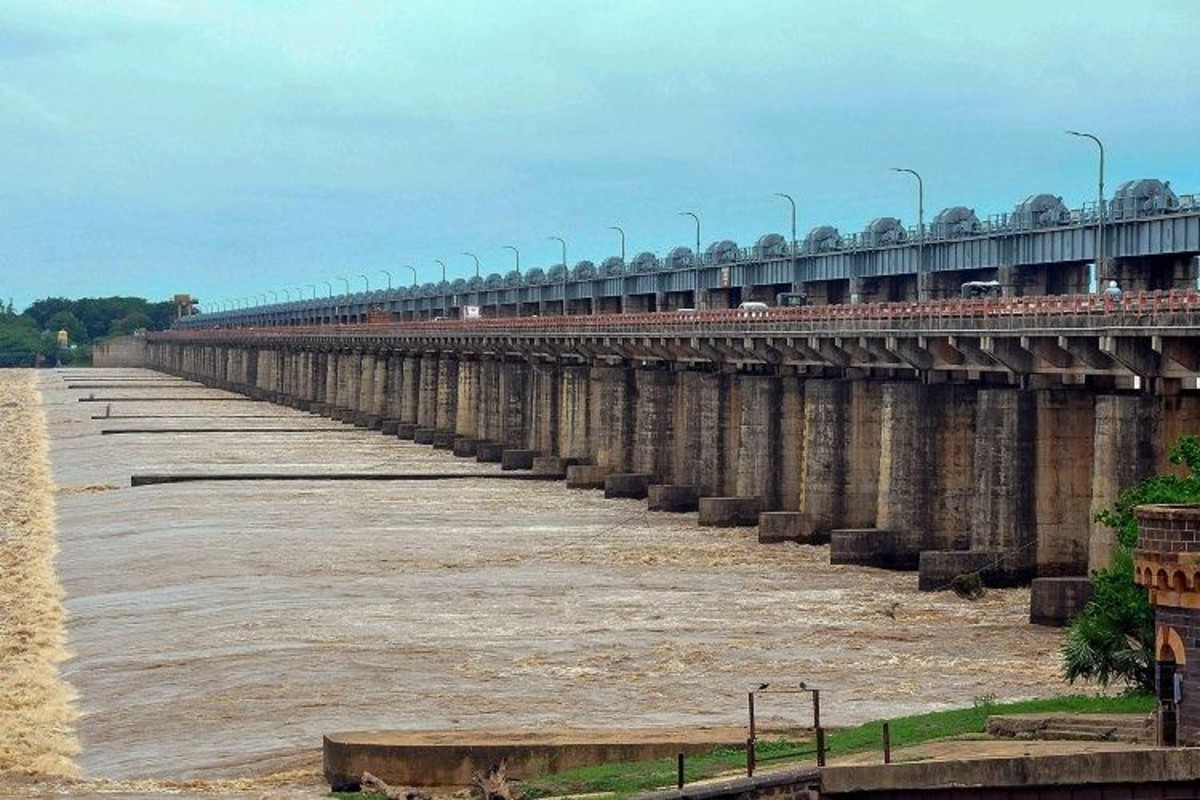The Dowleswaram Barrage is an irrigation structure which is built on the lower stretch of the Godavari River before it empties into the Bay of Bengal. It was built by a British irrigation engineer, Sir Arthur Thomas Cotton. It is also called Sir Arthur Cotton Barrage /Godavari Barrage. His many projects averted famines and stimulated the economy of southern India. Before this barrage was constructed many hectares of land has been flooded with water and was unused. The water would be worthlessly going into sea.But when Sir Arthur Thomas Cotton had built the barrage those unused lands were brought into cultivation and the water was stored and used. The Cotton Museum was constructed on behalf of Sir Cotton’s memory. It has been a tourist attraction in Rajahmundry. The Godavari River empties its water into the Bay of Bengal after flowing nearly fifty miles from the Dowleswaram Barrage. The village of Dowleshwaram is at a distance of eight kilometers downstream of Rajamundry. Rajamundry is a city situated on the left bank of Godavari River. Upstream, where the river is divided into two streams; the Gautami to the left and the Vasistha to the right, forms the dividing line between the West Godavari and the East Godavari districts. The dam alignment crosses two mid stream islands, and the barrage was constructed in four sections, which allowed flood passage during the construction period. Its construction was completed in 1850. The Dowleswaram Barrage is 15 feet high and 3.5 km long, with 175 crest gates to pass the floods. The full reservoir level of the barrage is 45.7 feet (14 m) MSL with 3.12 Tmcft gross storage capacity and dead storage of 2.02 Tmcft at 40 feet (12 m) MSL.
Gallery
